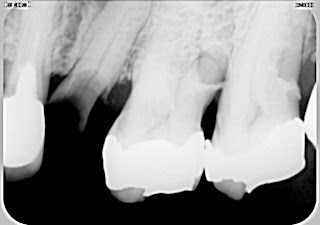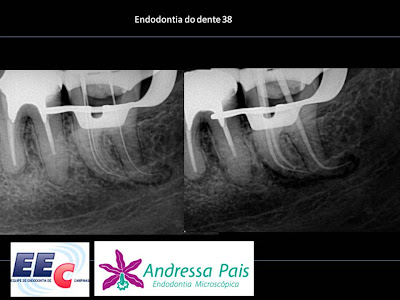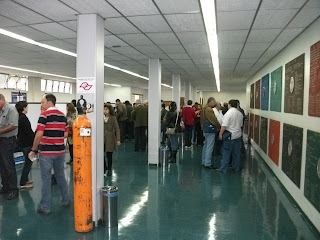Effect of Ultrasonic Activation on pH and Calcium Released
by Calcium Hydroxide Pastes in Simulated External Root
Resorption
Marco Antonio Hungaro Duarte, PhD,* Nickolas V. Balan, DDS,† Marcia A. Zeferino, PhD,†
Rodrigo R. Vivan, MSc,† Carlos Alberto H. Morais, PhD,‡ Ma rio Tanomaru-Filho, PhD,§
Ronald Ordinola-Zapata, MSc,* and Ivalgo G. Moraes, PhD*
Introduction: The purpose of this study was to analyze
the influence of ultrasonic activation of calcium
hydroxide (CH) pastes on pH and calcium release in
simulated external root resorptions. Methods: Forty-
six bovine incisors had their canals cleaned and instru-
mented, and defects were created in the external
middle third of the roots, which were then used for
the study. The teeth were externally made imperme-
able, except for the defected area, and divided into
the following 4 groups containing 10 samples each ac-
cording to the CH paste and the use or not of the ultra-
sonic activation: group 1: propylene glycol without
ultrasonic activation, group 2: distilled water without
ultrasonic activation, group 3: propylene glycol with
ultrasonic activation, and group 4: distilled water
with ultrasonic activation. After filling the canals with
the paste, the teeth were restored and individually
immersed into flasks with ultrapure water. The samples
were placed into other flasks after 7, 15, and 30 days
so that the water pH level could be measured by means
of a pH meter. Calcium release was measured by means
of an atomic absorption spectrophotometer. Six teeth
were used as controls. The results were statistically
compared using the Kruskal-Wallis and Mann-Whitney
U tests (P < .05). Results: For all periods analyzed,
the pH level was found to be higher when the CH paste
was activated with ultrasound. Calcium release was
significantly greater (P < .05) using ultrasonic activation
after 7 and 30 days. Conclusions: The ultrasonic activa-
tion of CH pastes favored a higher pH level and calcium
release in simulated external root resorptions. (J Endod
2012;38:834–837)
Calcium hydroxide paste, calcium release, pH, root resorption, ultrasound



















































